PSA: Flour Actually Goes Bad
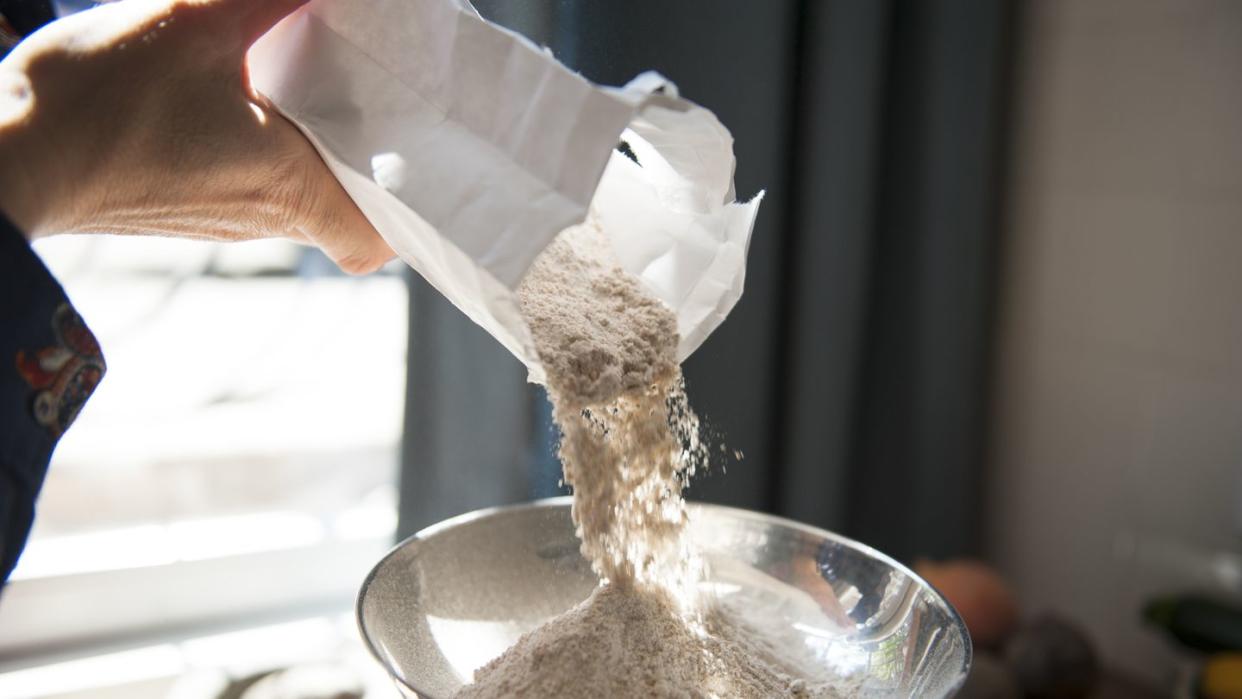
The holidays are officially here, which means your oven is likely getting a serious workout. ’Tis the season for all things baking. And whether you’re making a batch of gingerbread men or a homemade pie, there’s a good chance you’re using flour.
Flour is the foundation of just about any baking project. But if you don’t consider yourself a Paul Hollywood-approved star baker and you only bake around the holidays, the flour in your pantry is likely not the freshest. It’s always important to double check that the ingredients you’re working with aren’t expired yet. Beyond just from a food safety perspective, old ingredients have only a fraction of the flavor compared to fresh ones.
Baking soda that’s past its prime doesn’t have the same leavening power. Your grandma’s decades-old bottle of cinnamon is virtually tasteless. And we don’t even want to know what’s going on inside an expired can of pumpkin puree.
But what about flour? The freshness of plain white powder is hard to determine by its appearance alone. So to avoid wasting your time and ingredients, we’re breaking down what you need to know about flour’s shelf life.
Does Flour Go Bad?
Technically, yes, flour can go bad. But it’s not as simple as looking for an expiration date on the package. In fact, the dates printed on your bags typically use the terms “sell-by” or “best-by.” These metrics are meant to determine the peak quality of the product, not how safe it is to consume it.
The factors you do need to consider, however, are the types of flour you’re working with and how you’re storing it. Despite flour being dry in its natural form, the ingredients used to make it have varying amounts of fat. And just like how cooking oil goes bad over time, the oils in flour will too become rancid.
Rancid food is technically not unsafe to eat, but in some cases it might temporarily upset your stomach. And it will impart an unpleasantly sharp and bitter flavor to your baked goods. When exposed to enough oxygen for enough time, every type of flour will eventually go rancid, albeit on different timelines. Here are the most common varieties of flour and how long they will last.
White Flour
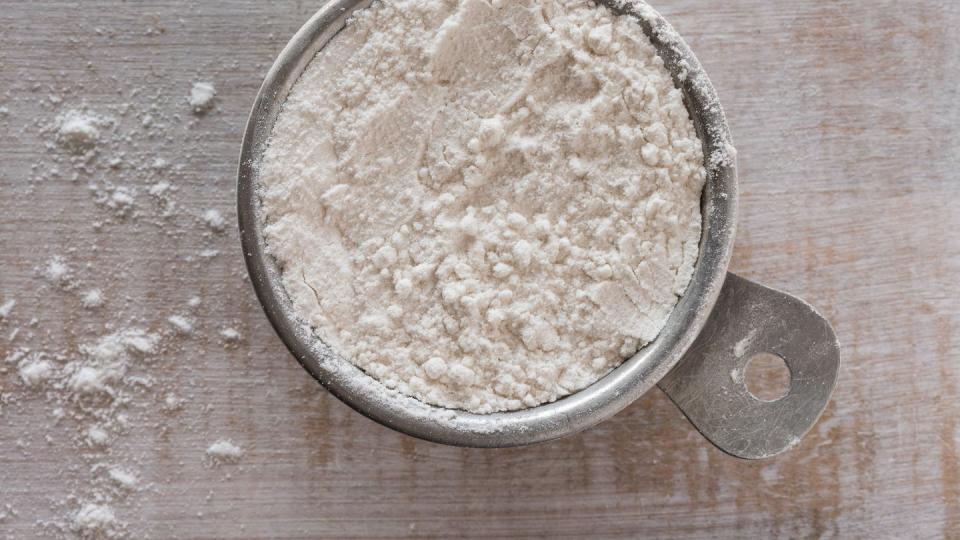
Refined flour, like all-purpose, bread, and cake flour, goes through plenty of processing before it lands on your supermarket shelves. The wheat grains are separated from the germ, oftentimes bleached, and are introduced to plenty of preservatives and stabilizers.
The finished product has a minimal amount of oils left over from the grain, which means it has a seriously long shelf life. The USDA estimates that an unopened bag of flour can sit in the pantry for up to a year after purchase, with opened bags lasting up to eight months.
But even still, the USDA’s estimates are on the more conservative end. J. Kenji López-Alt says in The New York Times that “White flour is almost certainly fine to use, no matter its age.” If you keep your flour in an airtight container in the pantry, you can keep your flour for well over a year without a problem.
Self-Rising Flour
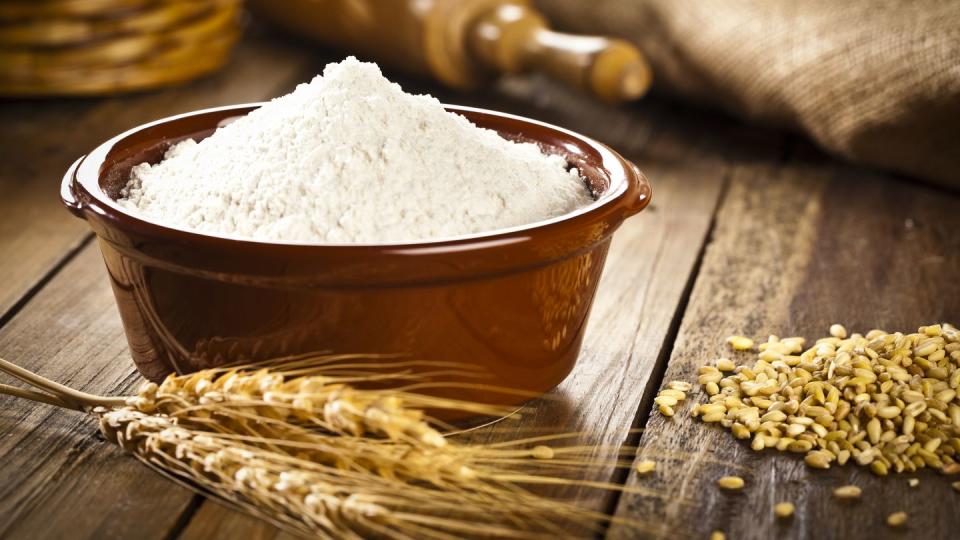
Self-rising flour is technically a refined white flour, but it’s the self-rising part that makes it less shelf-stable than other varieties. The leaveners, typically in the form of baking soda or baking powder, lose their potency over time.
It will still be safe to eat. But it won’t be able to give your baked goods the lift you’re looking for. That means you’ll be left with dense and stodgy cakes and cookies—which is decidedly not delicious. Bob’s Red Mill recommends using up your self-rising flour within a year of purchase for maximum efficacy.
Whole Wheat And Whole Grain Flour
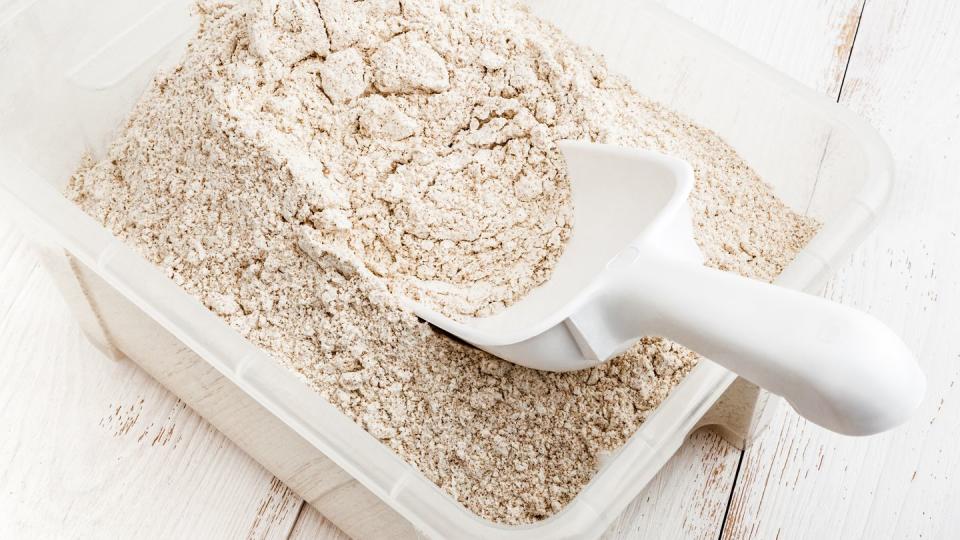
Whole wheat and whole grain flours contain the germ from the outside of the wheat grain. Beyond incorporating a heartier texture and more nutty flavor, it also means that these flours have a higher fat percentage than refined white flours.
This also means they won’t last as long in your pantry. Both López-Alt and the USDA agree that you shouldn’t keep these types of flours for longer than a few months (six at the absolute most).
Nut Flour
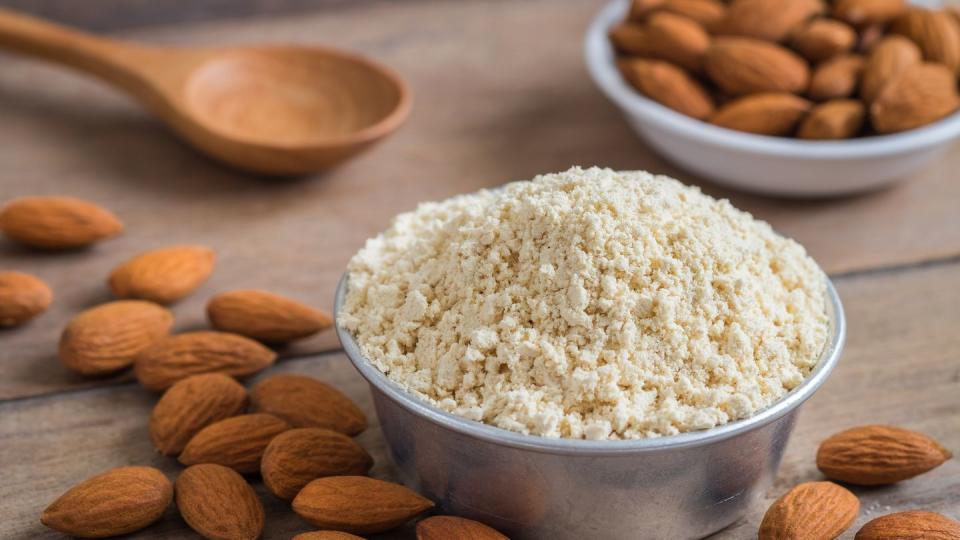
If you've ever dabbled in keto recipes or attempted to make macarons from scratch, you probably have a nut-based flour in your pantry. There's a lot to love about these types of flours: they're naturally gluten-free, they contain higher levels of protein, and they taste downright delicious. But there's a major con—they go rancid quickly.
You can thank the naturally high fat content of nuts for their short shelf life. Most types of nut flour will go rancid in a few months in the pantry. So unless you're planning on using an entire bag at once, it's smart to store your nut flours in the fridge or freezer between uses.
Gluten-Free Flour
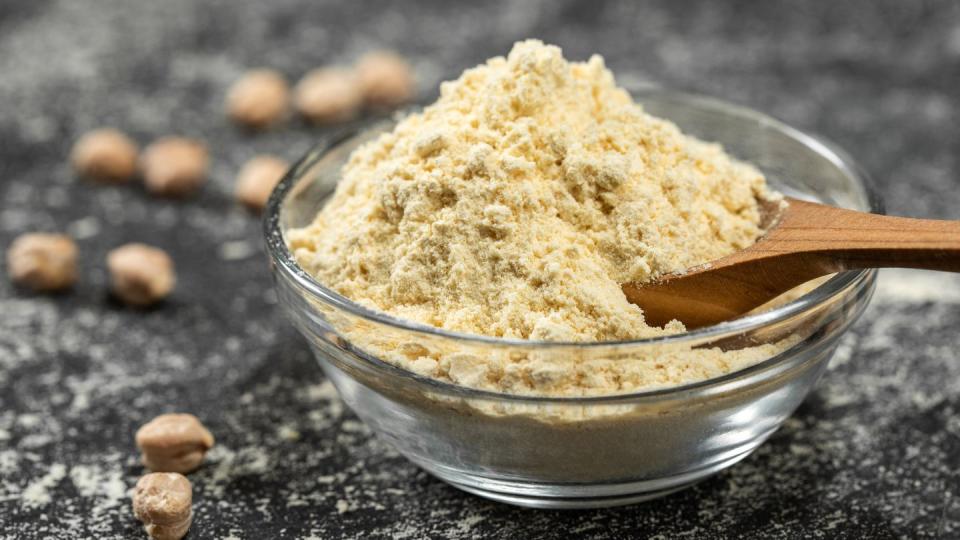
The gluten-free baking industry has boomed over the past decade, and you can find countless brands in your grocery store's baking aisle. Each bag has its own proprietary blend of wheat-free flours. You can reliably expect starches and tubers to be at the top of the ingredients list—things like tapioca, chickpeas, and cornstarch. If those are the only sources of starch in your gluten-free flour, you can store them just as you would with refined wheat flour.
Things get sticky once nuts and other high-fat foods are added to the mix. So if your favorite gluten-free flour is made with any sort of nut, you want to use up your bag within six months.
You Might Also Like


